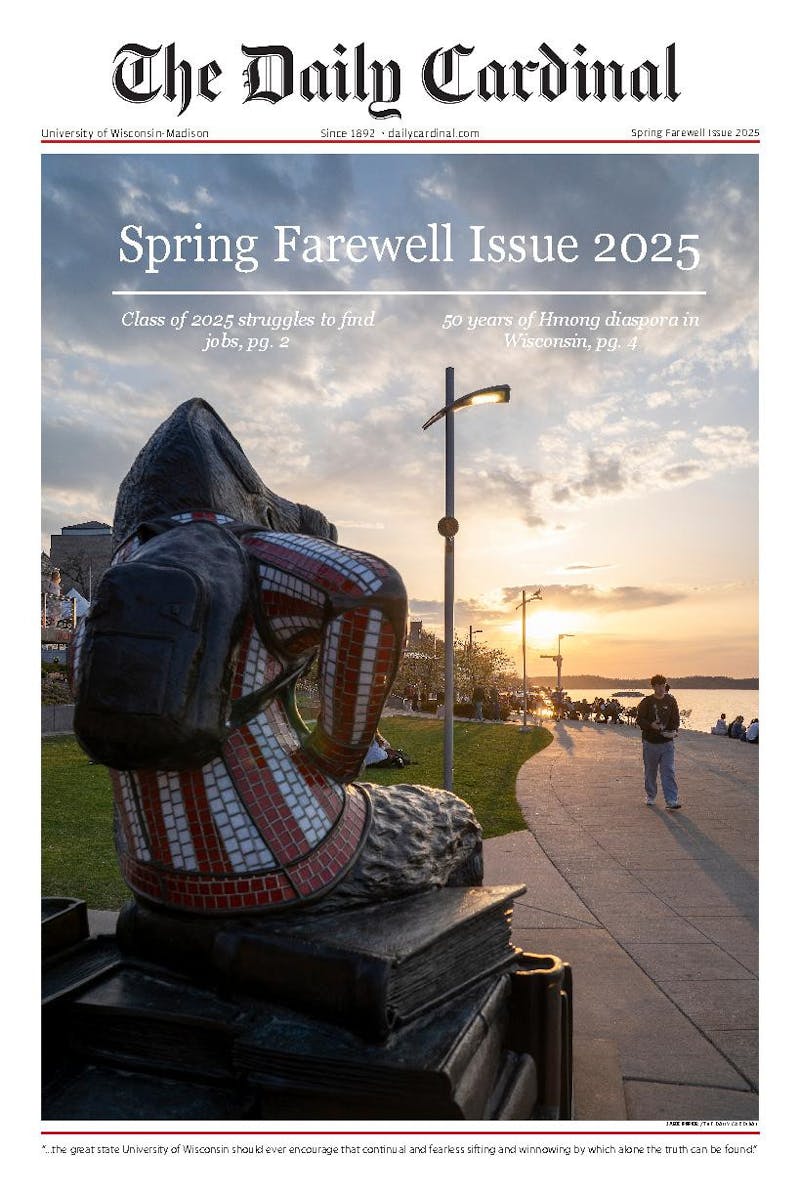Professor Line Roald wanted to make a difference when she joined the University of Wisconsin-Madison’s Department of Electrical and Computer Engineering (ECE). Now, she uses mathematical methods like risk assessment and optimization to further the development of America’s electric grid.
Roald received her Ph.D. in electrical engineering from ETH Zurich, specializing in energy systems. She worked at Los Alamos National Laboratory before becoming an associate professor at UW-Madison, where she has worked for six years. Working on the electric grid fascinated Roald because of her technical work’s applications to public policy and its potential to benefit society.
“I think the electric grid plays such an important role in facilitating the energy transition and our response to climate change, but also, it’s so widely important for so many parts of society that we just need to keep it running,” Roald said. “We need to understand how to create policies that will enable us to continue moving towards cleaner energy and maintain reliable electricity at the same time.”
Roald works in the Wisconsin Power Systems (WISPO) research group at UW-Madison, an electrical and computer engineering-focused laboratory that conducts electric power systems research. Among other topics, Roald has recently been studying the impact of adverse weather conditions, particularly wildfires, on grid stability and security.
“There are multiple kinds of extreme weather expected to worsen as climate change unfolds… The grid is obviously impacted if there's a fire that is impacting the transmission lines, but the power grid itself, at many occasions, also starts wildfires,” Roald said. “The Los Angeles fires are one of the latest and more costly examples of power lines starting fires.”
The group has also recently published papers on optimizing power grid efficiency, as well as integrating and pricing renewable grid-based energy sources. One specific area that Roald studies is electrolyzer plants, low-emission systems that produce clean hydrogen for use as energy storage and in industrial processes. The expected energy transition from primarily coal and natural gas-based resources to renewable energy necessitates expansions to the current electric grid infrastructure, and Roald, along with other WISPO researchers, works to ensure those expansions are done securely and cost-effectively.
Along with the challenges of increased demand, the makeup of the grid itself has changed drastically in the past few years as solar and wind energy have grown in popularity, Roald said. This is partially due to grassroots and governmental movements to decarbonize the energy supply, but the incentive to switch is also economic: solar and wind energy is cheaper to produce in some cases than traditional sources like natural gas and coal, which face diminishing returns as supply dries up.
Accommodating these new weather-dependent energy supplies, however, requires fundamental changes in the grid’s infrastructure.
“We have to make sure that there is enough capacity in the transmission lines to take electricity from where it’s sunny or windy to the cities and locations where people live,” Roald said. “Because of this weather dependence, we are seeing that the power flows throughout the electric grid are changing more frequently, so that means that we need to rethink how we are using the grid and how we can support new patterns of power flow.”
Because the flow of power from wind and solar energy can be so variable, it can be difficult to properly size transmission lines, according to Roald. Additionally, energy storage will become more important during the energy transition, because unlike coal and natural gas, wind and solar energy resources do not provide a steady supply of electricity.
The size and shape of renewable loads also affect grid stability. Roald conducts research on flexible loads, which could change their energy demand to adapt to the grid supply, and also looks at the effects of different electrical loads on grid management.
“When you have a natural gas power plant, you have this really large rotating mass… when changes happen in how much electricity we need, that can be buffered by taking kinetic energy from that rotating mass to the grid,” Roald said. “Renewable energy doesn't have that, so how you deal with that lack of inertia is another question.”
When natural disasters strike, power lines may have to temporarily go out of commission. Mathematically modeling blackout scenarios is another aspect of Roald’s research. Roald’s research lab aims to integrate the “environmental and social context” of the grid into their mathematical models to ensure that when shutting off power is necessary, it can be done in a way that will minimize harm to affected populations.
“If you are talking about shutting down power, it matters who is losing power,” Roald said. “Is it a person who is medically reliant on power, or is it a person who maybe won't even feel that they are losing utility power? Understanding and bringing some of those considerations into our technical models is an important [topic] that also borders on questions of policy.”






